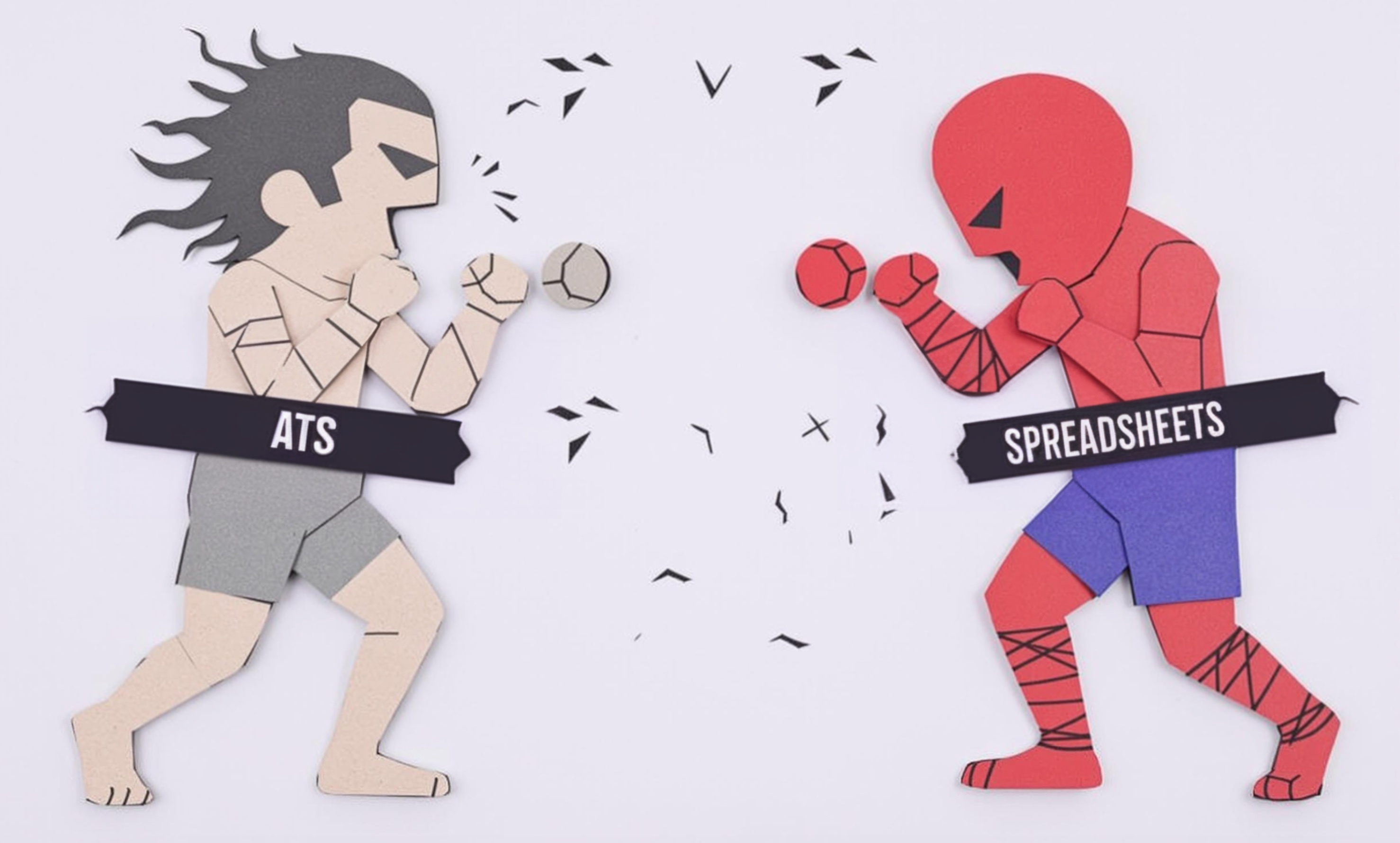
Risk Matrix
A Risk Matrix is a visual tool that helps companies understand and prioritize potential problems or threats to their business. Think of it as a chart or grid that shows how likely something bad might happen (probability) and how serious it would be if it did happen (impact). It usually uses colors like red (high risk), yellow (medium risk), and green (low risk) to make it easy to spot what needs attention first. Risk managers and safety professionals use this tool to make decisions about where to focus their efforts and resources to protect the company.
Examples in Resumes
Developed and implemented Risk Matrix assessment tools for company-wide safety protocols
Led quarterly reviews using Risk Matrix analysis to identify potential business threats
Trained department managers on using Risk Matrix and Risk Assessment Matrix methodologies
Typical job title: "Risk Managers"
Also try searching for:
Where to Find Risk Managers
Professional Organizations
Online Communities
Job Boards
Example Interview Questions
Senior Level Questions
Q: How would you implement a Risk Matrix program across multiple departments?
Expected Answer: A senior candidate should discuss their experience in creating company-wide risk assessment programs, training strategies for different teams, and methods for ensuring consistent use across departments. They should mention how they handle resistance to change and ensure buy-in from stakeholders.
Q: How do you determine appropriate risk thresholds for different business areas?
Expected Answer: The answer should cover how they analyze business objectives, industry standards, and company risk appetite to set appropriate risk levels. They should mention experience in adjusting thresholds based on business changes and stakeholder input.
Mid Level Questions
Q: Can you explain how you would use a Risk Matrix to prioritize risks?
Expected Answer: Should be able to explain how they evaluate likelihood and impact, use the matrix to categorize risks, and make recommendations based on the results. Should mention practical examples from their experience.
Q: How do you present Risk Matrix findings to non-technical stakeholders?
Expected Answer: Should demonstrate ability to translate technical risk assessments into business language, use visual aids effectively, and explain how they maintain engagement with different audiences.
Junior Level Questions
Q: What are the basic components of a Risk Matrix?
Expected Answer: Should be able to explain the basic structure: probability axis, impact axis, risk levels (typically using color coding), and how these elements work together to show risk levels.
Q: How do you gather information to assess risk levels?
Expected Answer: Should describe basic methods of collecting risk information through interviews, surveys, historical data, and industry research. Should understand the importance of getting input from different departments.
Experience Level Indicators
Junior (0-2 years)
- Basic risk assessment techniques
- Understanding of Risk Matrix creation
- Data collection and documentation
- Basic risk reporting
Mid (2-5 years)
- Risk analysis and evaluation
- Stakeholder communication
- Risk mitigation planning
- Project risk assessment
Senior (5+ years)
- Enterprise-wide risk management
- Risk program development
- Team leadership and training
- Strategic risk planning
Red Flags to Watch For
- Unable to explain basic risk assessment concepts
- Lack of experience with risk documentation
- Poor communication skills when explaining risks
- No experience in practical risk mitigation
- Unfamiliarity with industry standards and regulations
Related Terms
Need more hiring wisdom? Check these out...

Unlocking Team Potential: Personality Mapping for Dynamic Management

Why Your Hiring Spreadsheets Are Secretly Sabotaging Your Recruitment

Lost in Translation? How a Hybrid Mentorship Database Bridges Cross-Regional Talent

